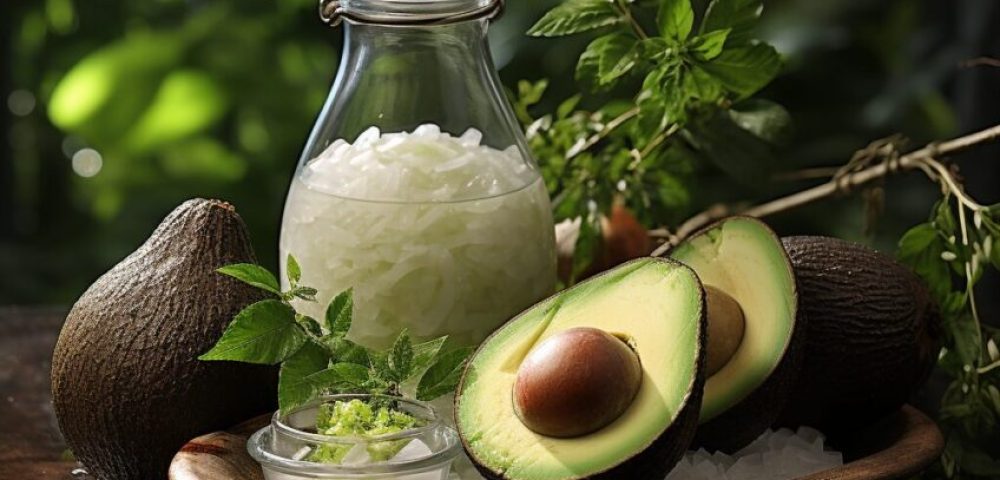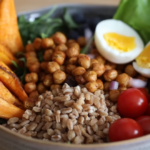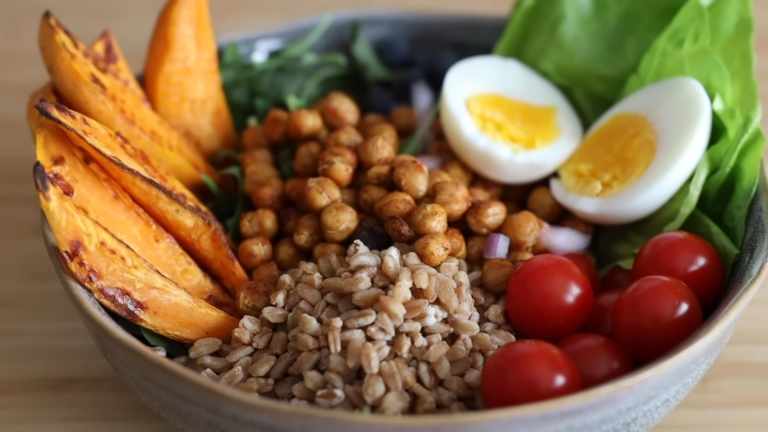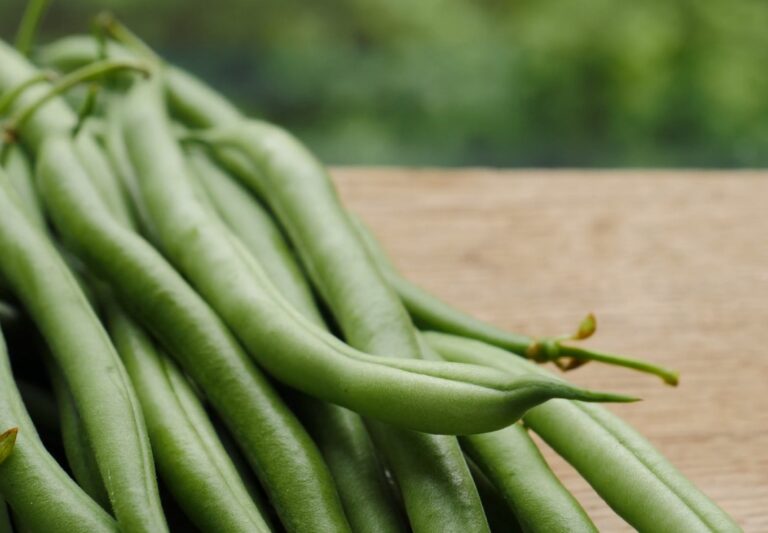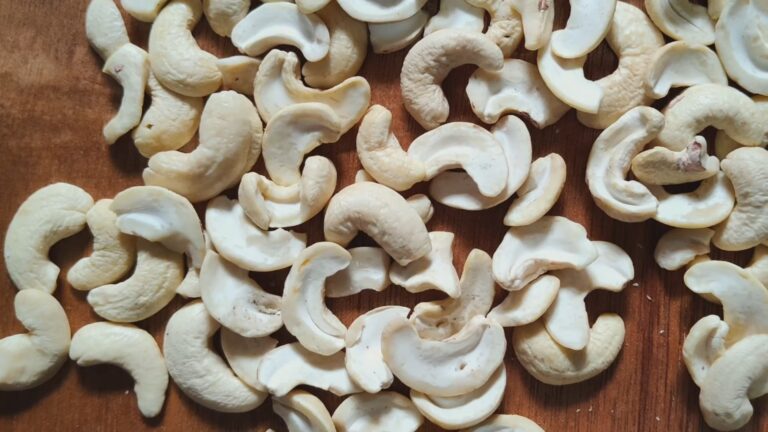High triglycerides are the proverbial ‘evil villains’ posing a risk for metabolic syndrome, heart diseases, and the dastardly type 2 diabetes. Like a movie where the plot turns on a dime, the main cause behind these ‘villains’ as well as the secret weapon against them is our diet.
Imagine triglycerides as tiny gremlins that love partying in your bloodstream. Now, who invites these party animals? Well, a diet rich in fats, like the buttery allure of croissants and the glossy temptation of fried food. More the party, higher the risk of heart diseases and other medical horrors.
Storytime! Once upon a time, there was a slim fellow who got diagnosed with high cholesterol and triglycerides. “But I’m skinny!” he exclaimed. Lesson learned? High blood fats aren’t just for those who carry extra pounds.
Let’s meet our 8 dietary superheroes:
Page Contents
- 1 1. Whole Grain Warriors:
- 2 2. The Omega-3 Fish League:
- 3 3. Soya Squad:
- 4 4. Garlic Guardians:
- 5 5. Cruciferous Crusaders:
- 6 6. Avocado Avengers:
- 7 7. Quinoa Quenchers:
- 8 8. Coconut Oil Champions:
- 9 FAQ
- 9.1 1. What are triglycerides and why should I be concerned about them?
- 9.2 2. Can you clarify the link between diet and high triglycerides?
- 9.3 3. What foods can help lower triglycerides?
- 9.4 4. Can garlic help in reducing triglycerides?
- 9.5 5. What is the role of cruciferous vegetables in reducing triglycerides?
- 9.6 6. Can avocado and quinoa help in managing triglycerides?
- 9.7 7. Is coconut oil beneficial for reducing triglycerides despite its high saturated fat content?
1. Whole Grain Warriors:

These include oatmeal, buckwheat, barley, and millet. According to a study, switching your white bread for a whole grain sandwich can reduce the risk of heart disease by slashing those gremlin triglycerides by up to a whopping 74%.
2. The Omega-3 Fish League:

The oily goodness of salmon, mackerel, sardines, and herring contains omega-3 fats, a.k.a ‘the good fats’. One study showed that eating 750 grams of fatty fish every week for a month dramatically lowered triglycerides. It’s like throwing ice into the gremlin’s party!
3. Soya Squad:
Consuming at least 25 grams of soy protein daily was found super effective in combatting high triglycerides. So, tofu, edamame, and tempeh are like your undercover agents working against those party gremlins.
4. Garlic Guardians:

Besides being a vampire deterrent, garlic possesses anti-hyperlipidemic properties. In other words, it’s garlic to the rescue, fighting off the triglyceride villains and cholesterol cronies.
5. Cruciferous Crusaders:

Cauliflower, cabbage, broccoli, Brussels sprouts, and kale belong to this superhero team. These veggies contain compounds that help decrease oxidative stress and risk of cancer, while kicking those triglyceride gremlins out of the bloodstream.
6. Avocado Avengers:
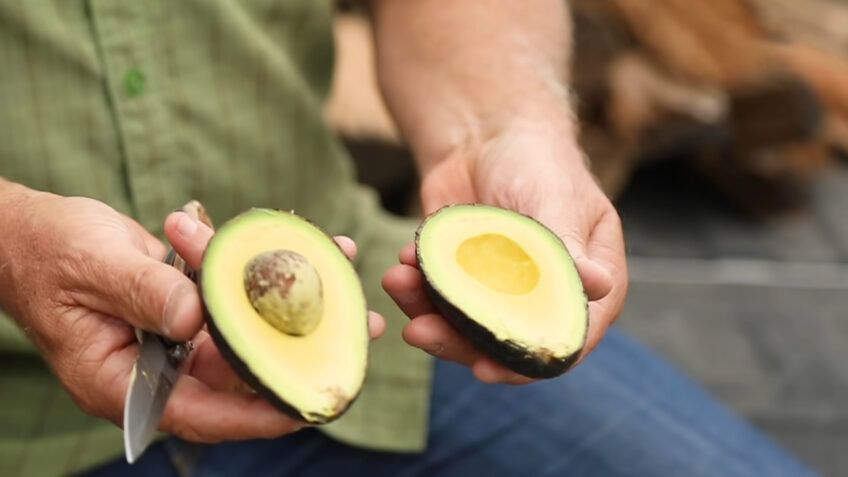
Replace saturated fats and carbs with avocados, and you get to see triglyceride levels plummeting like gremlins off a cliff. Bonus: they are excellent sugar-level stabilizers.
7. Quinoa Quenchers:
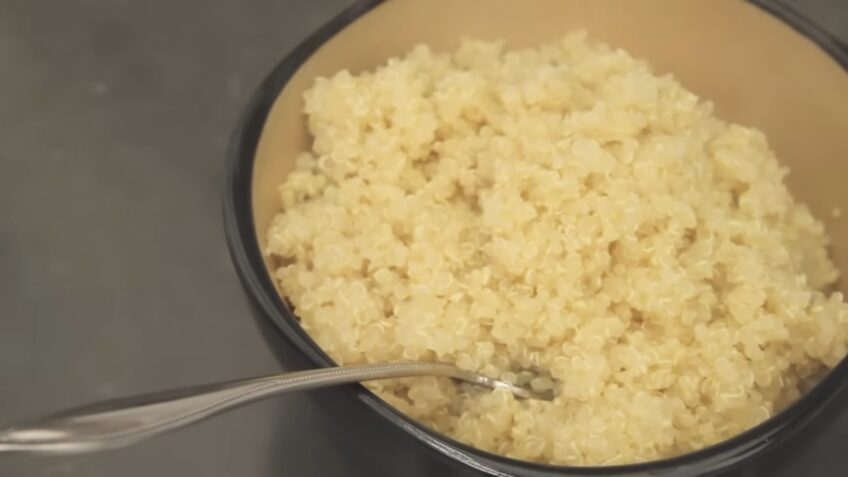
Consuming 1/4 cup of quinoa daily for 12 weeks can significantly bring down those triglycerides. And who knows, you might find quinoa cookies as addictive as your grandma’s oatmeal ones!
8. Coconut Oil Champions:

Despite having a rep for high saturated fats, coconut oil holds potential protective effects against heart diseases. It’s like the dark horse of the food superheroes, requiring more research to unlock its true potential.
FAQ
1. What are triglycerides and why should I be concerned about them?
Triglycerides are a type of fat found in your blood. A high level of triglycerides can increase the risk of metabolic syndrome, heart disease, and type 2 diabetes. Therefore, regulating your triglyceride levels through dietary adjustments can be a beneficial health strategy.
2. Can you clarify the link between diet and high triglycerides?
Yes, diet plays a significant role in the production and accumulation of triglycerides in our bodies. Foods rich in fats, such as oils, butter, and other fats, are directly ingested and can increase triglyceride levels. However, by making dietary adjustments, it is possible to regulate these levels effectively.
3. What foods can help lower triglycerides?
Some of the foods that can aid in reducing triglycerides include whole grain cereals, fatty fish, soy proteins, garlic, cruciferous vegetables, avocado, quinoa, and coconut oil. These foods have been studied for their potential benefits in managing cholesterol and triglyceride levels in the body.
4. Can garlic help in reducing triglycerides?
Yes, research suggests that regular consumption of raw, crushed garlic can significantly reduce triglyceride levels. However, like all dietary changes, it’s important to discuss this with a healthcare professional before making major adjustments to your diet.
5. What is the role of cruciferous vegetables in reducing triglycerides?
Cruciferous vegetables like cauliflower, cabbage, broccoli, Brussels sprouts, and kale contain compounds called glucosinolates and isothiocyanates. These compounds are shown to significantly reduce triglyceride levels and improve metabolic markers.
6. Can avocado and quinoa help in managing triglycerides?
Yes, avocado is rich in healthy fats and monounsaturated fatty acids, which have been shown to significantly reduce triglyceride levels. Quinoa, on the other hand, is known for its high protein content and anti-inflammatory properties, which can contribute to the management of triglycerides.
7. Is coconut oil beneficial for reducing triglycerides despite its high saturated fat content?
While coconut oil has a high saturated fat content, its potential protective effects against heart disease are still being researched. It has a mixed fatty acid profile, including saturated fats and medium-chain triglycerides (MCT). However, more research is needed to further clarify the positive impacts of coconut oil on health.
Remember, folks, it’s not just about the superheroes on this list but about overall lifestyle changes. Now, get ready for your epic food adventure against high triglycerides! Good luck!
{Source}
Leo Green, the embodiment of a wellness guru at Fischer Institute, brings boundless expertise as a health expert and certified personal trainer. With his dynamic approach and unwavering dedication, Leo empowers individuals to embrace a balanced lifestyle, unlocking their full potential for optimal health and vitality.
Also Read:
- Learn New Food Recipes by Watching these Cooking…
- Activated Charcoal for Food Poisoning: Benefits and…
- Taste the World: The Crucial Role of Translation &…
- 7 Benefits of Homemade Baby Food - Tiny Taste Explorers
- Major Side Effects OF Eating Too Many Blueberries -…
- Can You Freeze Miracle Whip - Avoid Food Poisoning

